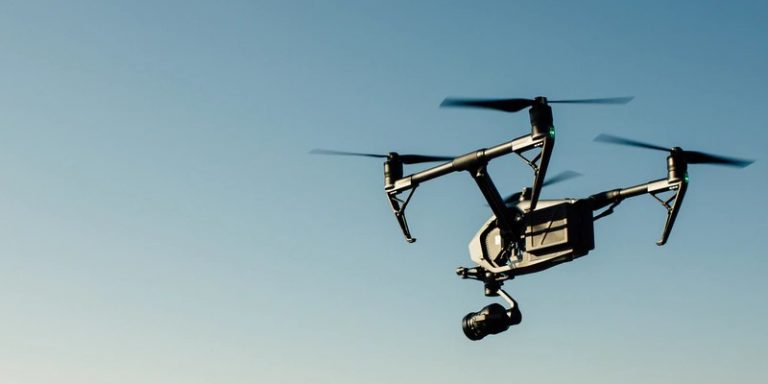
In a speech, Pentagon chief Lloyd Austin outlined his new vision for U.S. defense. The U.S. Department of Defense wants its militaries to be prepared to combat potential cyber threats that may loom over the country. Artificial intelligence is one of the focuses to develop more intuitive weapons and technologies like drones.
Harnessing artificial intelligence and computing for deterrence
From now on, future conflicts will probably no longer resemble the old wars: this is the brand new problem that the United States will have to face in terms of defence. It is to respond to this evolution that Lloyd Austin announced that technological progress will be increasingly exploited in order to “understand faster, decide faster and act faster”.
The new vision of the U.S. Department of Defense will depend more on new technologies. These include artificial intelligence, quantum computing and edge computing. These three areas will be exploited to better process data after it has been collected so that it can be better shared with those who need it. The coordination of military operations on a global scale has been announced as one of the other challenges of using these innovations.
The application of these technologies is also based, according to the Pentagon chief, on a spirit of deterrence:
“fixing a fundamental truth in the minds of our potential enemies: the costs and risks of aggression are not consistent with any conceivable benefit.”
The goal of deterrence through innovation is to use already existing technological capabilities and develop new ones to potentially exploit in the event of an attack. The U.S. wants to work hand-in-hand with its allies and partners in this strategy.
Augmented reality, drones, robotics and autonomous systems
In August 2020, several dozen military drones took to the skies accompanied by robotic tanks about 65km from Seattle with the mission of finding the enemy hiding in buildings. In the context of this life-size test of the Defense Advanced Research Projects Agency (DARPA), the objective was to know how AI could be used to automate military systems. This exercise also initiated a reflection on the part of the Pentagon on autonomous weapons.
In March 2021, the National Security Commission on Artificial Intelligence (NSCAI), an advisory group created by the US Congress, published its final report on AI. It recommended continuing work around autonomous systems and resisting calls for an international ban on studies around these new methods of empowerment.
Also last March, Microsoft and the United States Army signed a 21 billion euro partnership so that the technology firm could equip American soldiers with augmented reality headsets. Nearly 120,000 devices could in future be used to decipher the slightest movement of the soldier and see, from a control post, all his every move in order to guide him during a military operation.
On the French side, the subject is obviously of interest. The committee of ethics of the defense had issued last month, its opinion on the integration of autonomy in lethal weapons systems. At the same time, Florence Parly announced, after a four-month prefiguration phase, the creation of the Digital Defence Agency (AND). Its mission is to contribute to the issues of operational superiority and information control within the Ministry by revising the digital organization in depth in order to meet the growing challenges linked to the Ministry’s transformation.
Translated from Nouvelle vision de la défense américaine : le Pentagone mise sur l’IA, l’informatique quantique et de pointe









